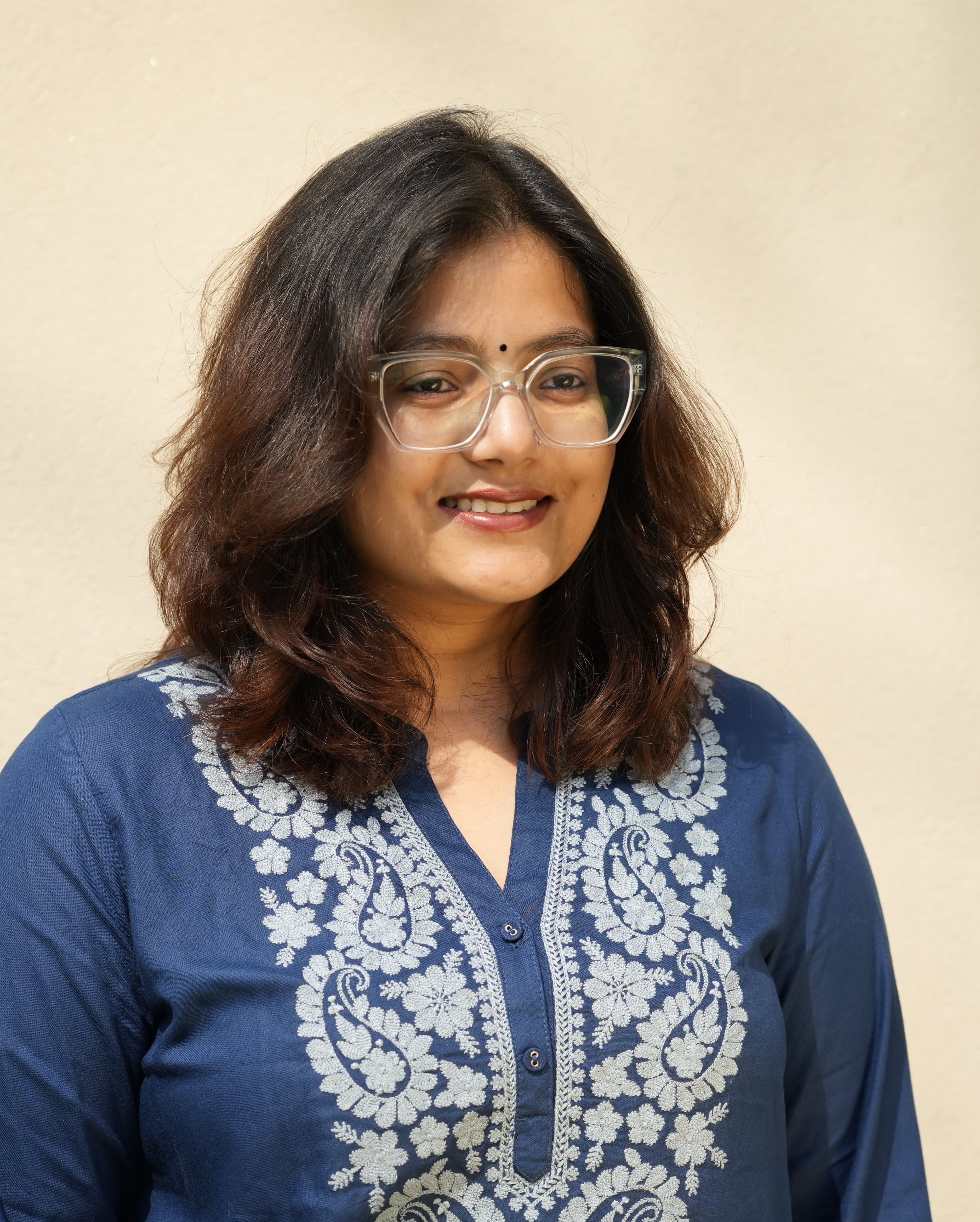What it does
Writing Braille requires pressure and precision. Each alphabet needs 1-5 dots , causing arm pain. Injuries make writing impossible. ClickEase uses click pen buttons to emboss dots, reducing strain and errors enabling comfortable writing with limited mobility.
Your inspiration
During a universal design course in 2024, I visited Jorhat Blind Institute School. I noticed students frequently stopped to shake out their hands during Braille writing sessions. Several mentioned arm pain after writing for long periods. When I asked teachers, one said "it is what it is... that's how you write Braille." That acceptance of pain as the price of literacy struck me. People shouldn't endure discomfort for something as fundamental as writing. Each Braille character requires pressing 1-5 dots with significant pressure - the cumulative strain makes writing exhausting and impossible with hand injuries. This is why I tried to solve it.
How it works
Traditional Braille writing uses a single-point stylus to press individual dots with significant force. ClickEase revolutionizes this with 6 spring-loaded pins arranged in the exact 2x3 pattern of a Braille cell. Each pin connects to a dedicated button positioned on top based on comfortable grip. A rectangular alignment frame at the bottom fits precisely over each cell on the modified Braille slate. Suitable for users with shaky or weak hands, users place the frame over a cell and click buttons corresponding to their desired dot pattern, no manual positioning required. The spring mechanism reduces required pressure while maintaining clear embossment quality. Pins retract into the protective frame when not engaged, eliminating accidental injuries. Unlike traditional styluses where users must locate each dot position manually, ClickEase ensures perfect placement through its alignment system. The ergonomic design reduces fatigue during extended writing sessions.
Design process
Research Phase: I conducted primary research at Jorhat Blind Institute School to understand how Braille is written and read. Teachers demonstrated the technique while I tried writing Braille myself to experience pressure requirements firsthand. Through interviews with students and teachers, I documented their pain points and writing challenges. Solution Phase: I ideated on approaches to reduce writing strain while maintaining dot accuracy. Initial mockups using springs validated the pressure-reduction concept. I explored button configurations, studying natural writing grips to determine optimal placement. Mockup Development: I created 4-5 mockup iterations focusing on button placement, size, and ergonomics. Each version tested different grip positions, button sizes for various hand sizes, and embossment patterns for tactile identification. I determined dimensions based on standard Braille cell specifications. Testing Phase: I brought mockups back for user feedback with teachers and students. Testing revealed comfortable button placements, optimal sizes across users, and intuitive embossment patterns. I iterated based on feedback, finalizing a solution that reduces writing strain while maintaining precise dot placement.
How it is different
Existing Braille writing relies on traditional single-point styluses requiring users to manually locate each dot position and apply significant pressure repeatedly, causing cumulative strain and fatigue. Electronic alternatives exist but are expensive and battery-dependent. ClickEase transforms writing from sequential dot-by-dot placement to simultaneous pattern creation. Users position the alignment frame over a cell and click buttons for their desired pattern, eliminating manual positioning and reducing strain through spring-assisted pressure. Unlike expensive electronic solutions, ClickEase is completely mechanical, requiring no batteries or maintenance while remaining affordable. The retractable pin design addresses safety concerns. Most importantly, ClickEase maintains the familiar tactile nature of Braille writing while solving the core strain problem. It doesn't replace fundamental Braille skills but makes the experience more inclusive and comfortable.
Future plans
I want to make ClickEase manufacturable and get it to people who need it without making it costly. My goal is to ensure anyone who writes Braille can do so comfortably instead of accepting pain as normal. I hope to work on keeping production simple and affordable so it can actually reach people who are struggling with traditional styluses. I'd like to collaborate with organizations that work with visually impaired communities to understand how to distribute it effectively and make sure it reaches everyone who needs comfortable Braille writing tools.



Share this page on